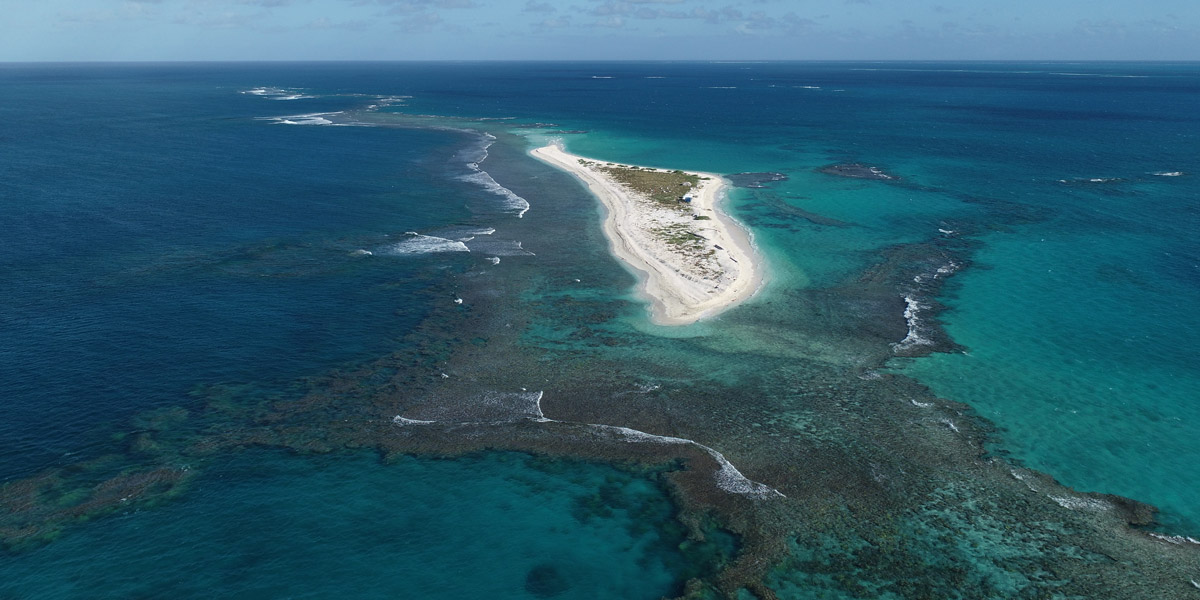News
Study shows benefits of protection in Papahānaumokuākea
ʻAhi recovery up, more fish caught thanks to no-fishing zones

A study published in Science led by two University of Hawaiʻi at Mānoa researchers illustrates the benefits of marine protected areas for the restoration of tuna and other large fish species.
Using data collected onboard fishing boats by scientific observers, the study found that the world’s largest no-fishing zone, Papahānaumokuākea Marine National Monument, has increased the catch rate of yellowfin tuna by 54% in nearby waters. Catch rates for bigeye tuna (also known as ʻahi) increased by 12%; catch rates for all fish species combined increased by 8%.
Aside from their economic significance, yellowfin tuna and bigeye tuna have long held a central place in Hawaiʻi’s culture and diet.
Co-authors of the study are John Lynham, a professor in the Department of Economics at UH Mānoa’s College of Social Sciences, Sarah Medoff, a researcher at the UH Mānoa’s School of Ocean and Earth Science and Technology, and Jennifer Raynor, a professor in the Department of Forest and Wildlife Ecology at the University of Wisconsin-Madison.



